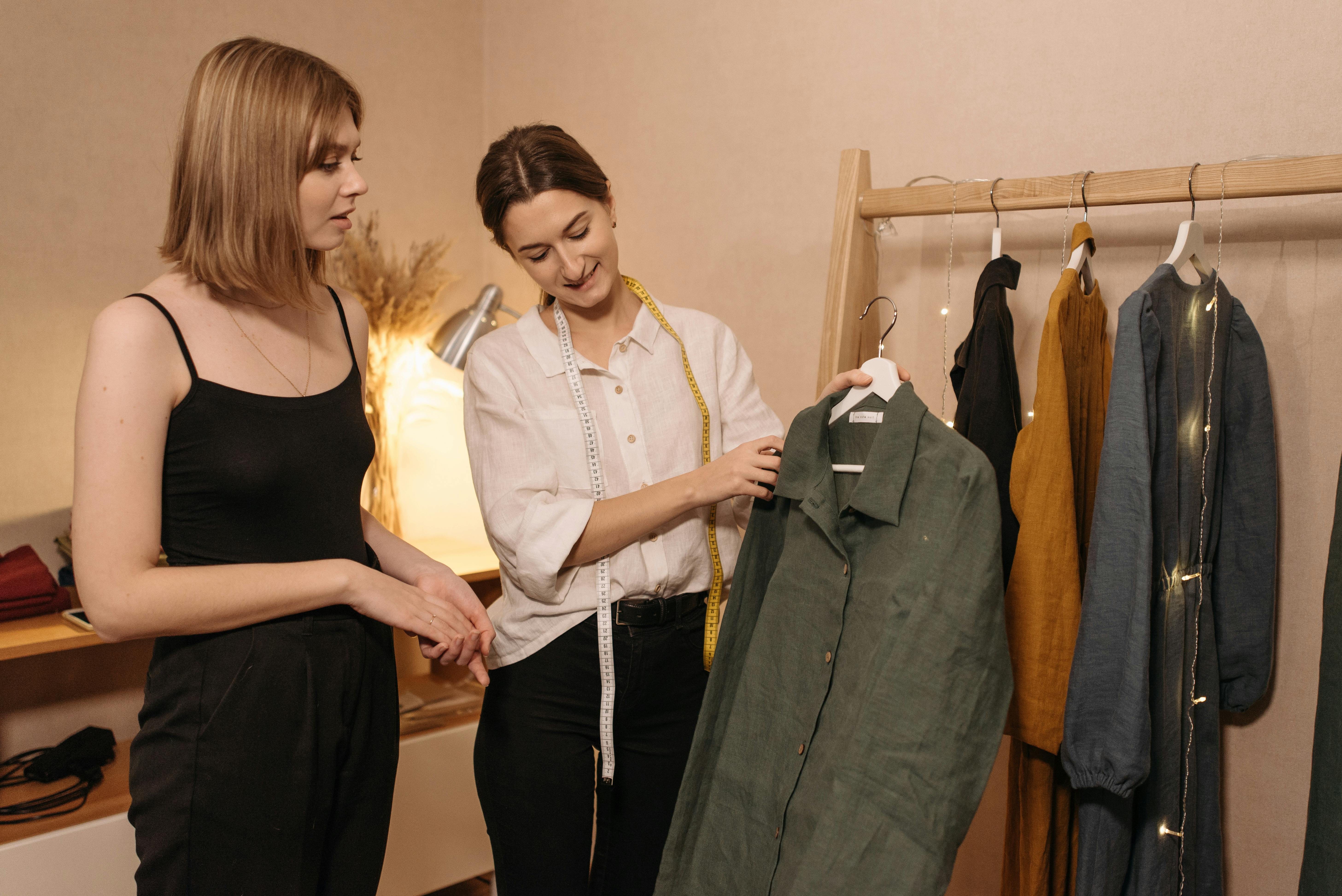Scammell started when the carter, George Scammell of Spitalfields, London, developed his business. Later, when the company name became G Scammell & Nephew, they engaged in the construction and repair of craftsman-built wagons and vans. By the early 1900s they had built a substantial business selling and servicing Foden steam wagons and small trucks.
The outbreak of war in 1914 was presented as a turning point in the history of road transport. Mechanical transport was seen to work, clearly demonstrating its great potential for forward-thinking companies like Scammell.
George Scammell’s great-nephew, Lieutenant Colonel Alfred Scammell, was wounded and disabled out of the army and was able to apply the practical experience he had gained during the war and began developing the six-wheeled articulated vehicle, production of which began in 1920. This vehicle was articulated and its very low axle weight allowed it to carry a payload of 7½ tons at 12 mph instead of being limited to 5 mph. In 1921 a test vehicle pulled a load of just under 8 tons up West Hill at Highgate in second gear and achieved 18 mph flat.
By 1927, Scammell had strengthened his position by launching his first cross-country vehicle called the Pioneer. It was a rigid 6×4, which had a rocker bogie so that any of its four wheels could be lifted two feet without losing traction. Mobility could be further improved by adding a driven front axle.
The early 1930s saw the production of the 3-wheeled ‘Clock Horse’, designed by Oliver North to replace horses in rail, mail and other delivery applications. It featured automatic carriage coupling, and the single front wheel could be rotated 360 degrees. It was sold in 3 and 6 ton versions. A 1,125cc side-valve gasoline engine powered the 3-ton version and a 2,043cc engine powered the 6-ton.
Scammells were high-end, expensive, and built in small numbers. The depression hit the company badly and it was in a bad financial position by 1934. Watford City Council had helped by ordering a couple of fire engines, but it wasn’t enough, and it was Shell-Mex who injected capital, but in return, they he insisted on a management shakeup that saw Alfred Scammell deprived of his CEO position.
During World War II, Scammell made a major contribution to the war effort by building a large number of tank transporters, gun tractors, and heavy recovery vehicles, as well as fire pumps.
In the late 1940s Scammell produced the Scarab, which replaced the ‘Mechanical Horse’; the Scarab had similar features but had a less angular cabin and a 2090 cc engine in both models, as well as a diesel version, which featured a Perkins engine.
In 1955 Scammell became part of the Leyland Group and this provided easy access to Leyland engines, gearboxes and axles. A gradual replacement of the lightweight range by new models using Leyland engines were the Highwayman MU 4×2, the Routeman 8-wheeler and a forward control MU 4×2 called the Handyman.
The early 1960s saw the introduction of the new Michelotti-designed fiberglass-reinforced plastic cockpit for the Routeman, the Handyman and the new two-way Trunker.
Divisional reorganization within the Leyland Group resulted in the name becoming Scammell Motors, and the closure of Transport Equipment (Thornycroft) in 1972 resulted in the transfer of the Thornycroft Nubian range to Scammell, along with the LD55 dump truck.
The late 1970s saw a surge in development and the birth of the Contractor Mark 2 heavy transport truck with a 425hp 18-litre Cummins engine and automatic gearbox, and the first Commander Tank Transporter was produced. for the British Army.
Two Leyland Motors developments in the late 1970s benefitted Scammell. Leyland wished to develop two new HGV ranges, the Overseas Bonnet Landtrain and the UK Advanced Control Roadtrain which would feature the new C40 tilting cab.
In view of Scammell’s experience, they were commissioned by Leyland to develop the Landtrain and were able to use the same cab and hood to replace the contractor. The new range, the S24, was available in 6×4 and 6×6 formats. The full weight range was from 40 to 200 tons GTW. Leyland also entrusted the 8 wheel version of the Roadtrain, called the Builder 8 to Scammell and this eventually gave Scammell access to a modern tilting cab.
A military 6×6 version with a Rolls Royce 350 engine, ZF automatic gearbox and Kirkstall axles followed, and was offered in 8×6 form to the British Army in 1986 for the hook lift fitted DROPS vehicle requirement. In 1987, Scammell learned that the tender for 1,522 vehicles of this type had been successful, but also that DAF BV of the Netherlands had bought the Leyland Group.
DAF chose to build DROPS and selected S26 vehicles at the Leyland plant and planned to close the Watford factory.
In July 1988 the Watford factory closed. The S24 and Nubian ranges, along with the rights to the Crusader and Commander, were sold to Unipower Ltd, which opened a new plant in West Watford.




